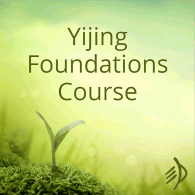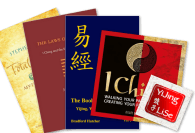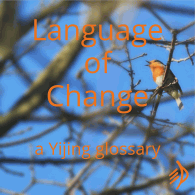Borders and boundaries
What is Jie 介 ? The character jie 介 occurs three times in the Yi: 16.2 ‘Boundaries of stone,Not for a whole day.Constancy, good fortune.’ 35.2 ‘Now advancing, now apprehensive.Constancy, good fortune.Accepting this armour blessing from your ancestral mother.’ 58.4 ‘Negotiating opening, not yet at rest.Containing the affliction brings rejoicing.’ As… Read more »Borders and boundaries









